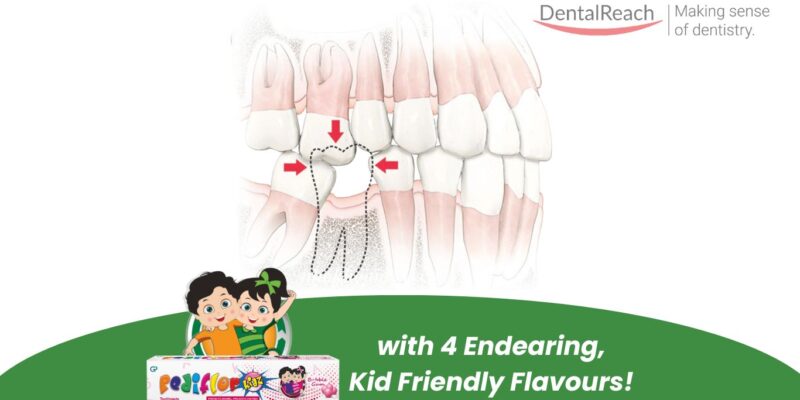Surprising Links Between Malocclusions and Tooth Loss: What Dentists Need to Know
A 20-year study from Germany has revealed insights into how malocclusions affect tooth loss in adults. Published as part of the Study of Health in Pomerania (SHIP), the research offers a view of how some malocclusions can lead to tooth loss while others may have protective effects.
Study Overview
The research followed 1,269 participants aged 25 to 49 years, each with at least 20 teeth, over two decades. Malocclusions were initially assessed between 1997 and 2001 using Germany’s orthodontic index of treatment priority (KIG). Participants were re-evaluated every five years until 2021, with analyses accounting for factors such as age, sex, education level, and marital status. The study employed multilevel survival models to examine tooth loss across individual teeth, jaws, and overall oral health.
Key Findings
Risk Factors for Tooth Loss
- Severe malocclusions, such as:
- Missing unreplaced teeth (hypodontia).
- Overjet greater than 6 mm.
- Deep bite exceeding 3 mm with gingival contact.
- Moderate malocclusions, such as:
- Overjet of 3–6 mm.
- Cusp-to-cusp bite.
These conditions were found to strongly correlate with higher rates of tooth loss, even when classified as lower treatment priorities.
Protective Effects of Certain Malocclusions
Unexpectedly, some malocclusions appeared to reduce the risk of tooth loss, including:
- Bilateral crossbite.
- Open bite of 1–2 mm.
- Deep bite without gingival contact.
- Slight incisal crowding, which seemed to stabilize the dental arch.
Complex Mechanisms at Play
- Malocclusions like deep bites with gingival contact were linked to periodontal damage caused by direct trauma.
- Protective effects, such as those of bilateral crossbite, remain poorly understood but may involve mechanical stabilization of teeth.
Clinical Implications
This study highlights the need to evaluate both risks and potential benefits of specific malocclusions in orthodontic treatment. The findings challenge traditional classifications of malocclusion severity and suggest a more nuanced approach to diagnosis and care.
Additional Considerations
- Aesthetic concerns and patient perceptions should complement clinical assessments.
- Beyond tooth loss, malocclusions may impact:
- Speech.
- Chewing.
- Temporomandibular joint (TMJ) health.
- Psycho-social well-being.
Limitations and Future Directions
- The study relied on periodic assessments rather than continuous monitoring, which limits accuracy.
- Socio-demographic factors like income and marital status, which may change over time, were not fully explored.
Future research should aim to:
- Integrate these variables.
- Investigate additional oral health outcomes related to malocclusions.
Conclusion
While some malocclusions increase risk, others offer unexpected protective benefits. These findings suggest a need to reevaluate orthodontic treatment guidelines and emphasize the importance of personalized, evidence-based approaches for better long-term outcomes.




















Comments